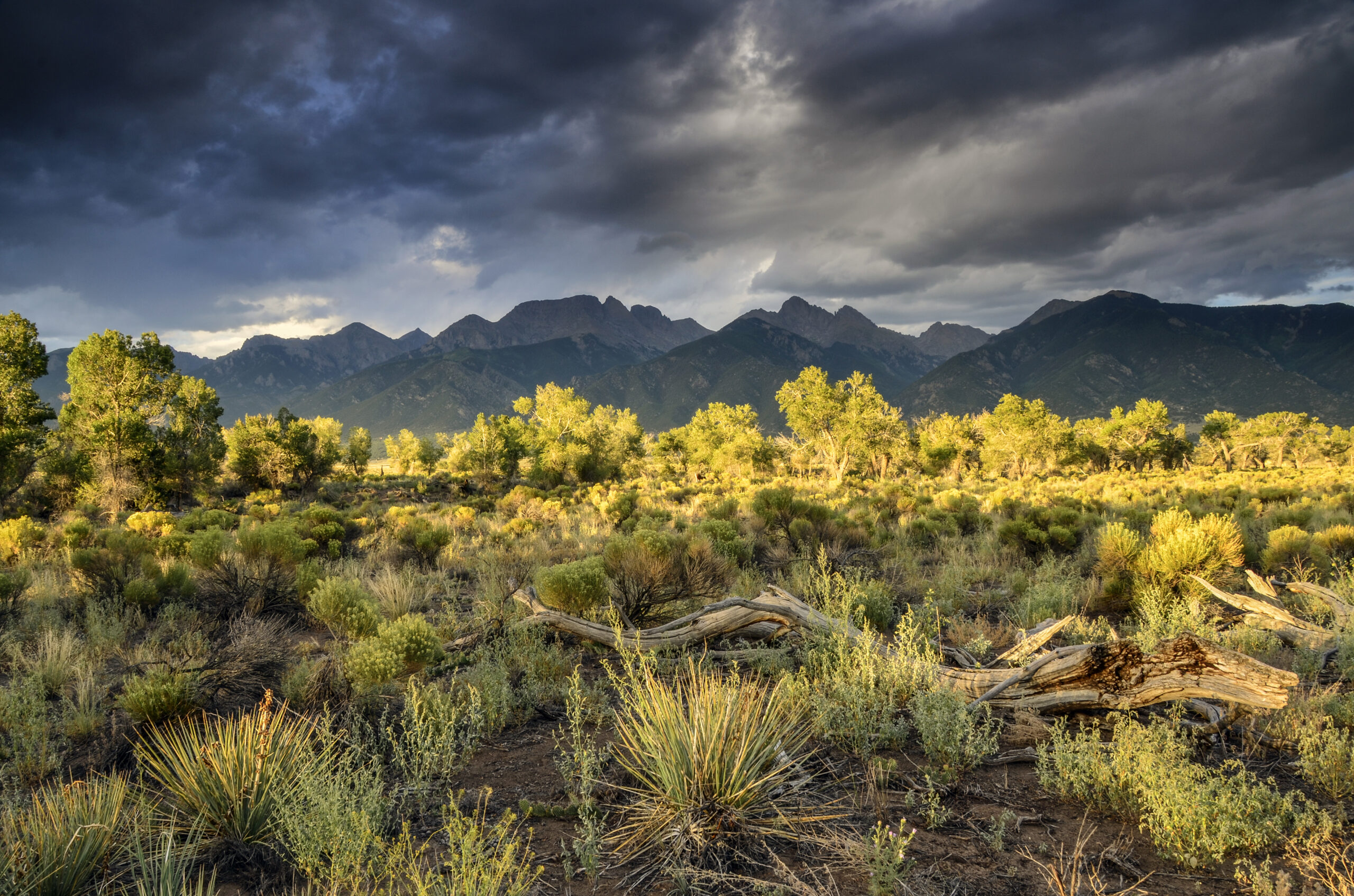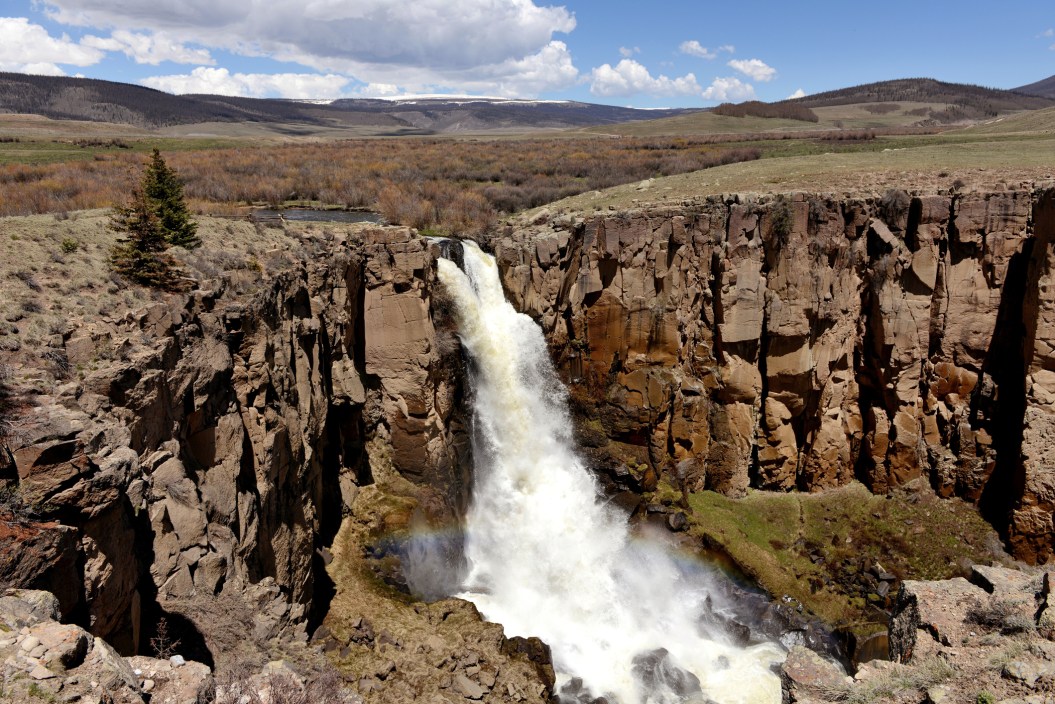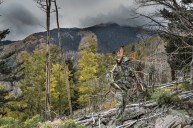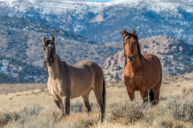The Bureau of Land Management (BLM) proposed a new rule earlier this week that could significantly shift how the agency approaches the 245 million acres of public land that it manages.
The Public Lands Rule (also referred to as Conservation and Landscape Health) suggests adding conservation to the list of land uses, which currently includes recreation, mining, timber harvest, grazing, and energy development.
Right now, those who lease BLM land are held to strict terms that force them to use the lands in specific ways, such as to graze livestock, harvest timber, or extract oil, gas, or minerals. The new terms proposed in the Public Lands Rule would give leasees more flexibility and allow for conservation, restoration, and mitigation work.
It also means conservation organizations/groups or individuals would be able to lease BLM land and mining and timber companies could purchase these conservation leases to offset their impact on the landscape.
This new rule would help guide responsible development. But, moreover, it would help to safeguard public lands so they can continue to be used by the millions who regularly use them to hunt, camp, hike, and fish.
Here's everything you need to know.
What Would the Proposal Change?

Getty
The BLM has operated under a multiple-use mission since 1976, which mandates that public land resources be utilized for a variety of uses. The Public Lands Rule proposal does not change that, but rather expands on the uses.
The draft rule aims to would put conservation and restoration activity on the same level as the other multiple uses that've held priority for the last 47 years, like recreation, mining, timber harvest, grazing, and energy development.
The framework laid out in the Public Lands Rule allows the BLM to improve the resilience of public lands; conserve important wildlife habitat and intact landscapes; plan for development; and better recognize unique cultural and natural resources on public lands, according to a BLM press release.
This new proposal could give the federal government's 30 by 30 plan a significant boost towards meeting the goal to conserve 30% of U.S. lands and waters by the year 2030.
Who's Against the Proposal?

Wild horses/Getty
Many conservation-focused hunters and anglers, as well as people who love to recreate on public lands, will support these efforts to better conserve wildlife habitats and fortify ecosystems on public lands. But there are a few opposing voices to the proposal, namely in two camps:
Some opponents to the Public Lands Rule proposal feel the draft does too little and will not make a difference.
Randi Spivak, Director of Public Lands Policy for the Center of Biological Diversity, told E&E News this proposal is as effective as "rearranging deck chairs on the Titanic." He expanded, "Instead of addressing destructive mining, fossil fuel extraction, and grazing, this rule basically restates what's already the law," adding that the agency's time would be better spent "addressing the root problems of public lands degradation."
On the flip side, others feel this proposal is a governmental overreach that will hurt certain industries by taking lands away from grazing, energy development, mining, and other ways they've been used for the past few decades.
U.S. Senator Kevin Cramer of North Dakota, also a member of the Senate Environment and Public Works (EPW) Committee, opposes the proposed rule, stating, "This proposal would hamper the multiple use mandate ranchers, miners, and energy producers rely on by locking up acres under the guise of conservation."
Share Your Thoughts
If you have strong feelings on the new proposal, it's published in the Federal Register and open for public comment until June 20, 2023.




